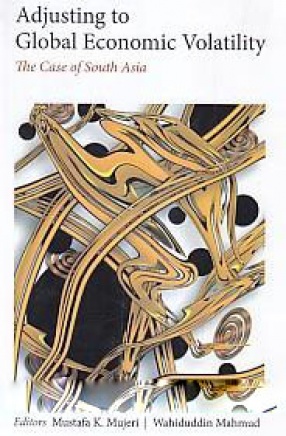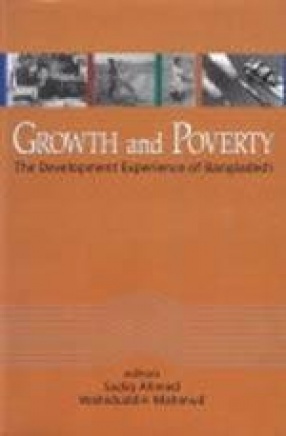In South Asia, the impact of global economic vulnerability has been felt mainly through finance, trade, and investment channels affecting the performance of the real economy. The slowdown in growth of exports and remittances, and other associated changes in the domestic economies have resulted in lower growth. This has also had social implications through changes in household income, intra-household decisions and resource allocations creating adverse impact on food security, nutrition, education, health care as well as poverty dynamics and its intergenerational transmission. Adjusting to Global Economic Volatility: The Case of South Asia attempts to answer three questions: How has South Asia been coping with the impacts of global economic vulnerability? What has determined the differential impact of various sectors to global economic and financial crisis? What demand- and supply-side bottlenecks need to be eased to meet the challenges of global vulnerability and how regional cooperation can help the countries going forward? Meeting the global volatility challenges calls for a reform agenda that cuts across both domestic economies as well as the framework for regional cooperation. It must also be recognized that regional cooperation is not easy, and implementation of required actions is frequently weak in South Asian countries having diverse backgrounds. Furthermore, effective regional cooperation and integration takes time to develop and requires incremental, gradual and flexible implementation with visible payoffs.
Adjusting to Global Economic Volatility: The Case of South Asia
In stock
Free & Quick Delivery Worldwide
reviews
Bibliographic information
Title
Adjusting to Global Economic Volatility: The Case of South Asia
Author
Edition
1st. ed.
Publisher
Academic Foundation, 2014
ISBN
9789332701649
Length
514p., Illustrations; 24cm.
Subjects







There are no reviews yet.